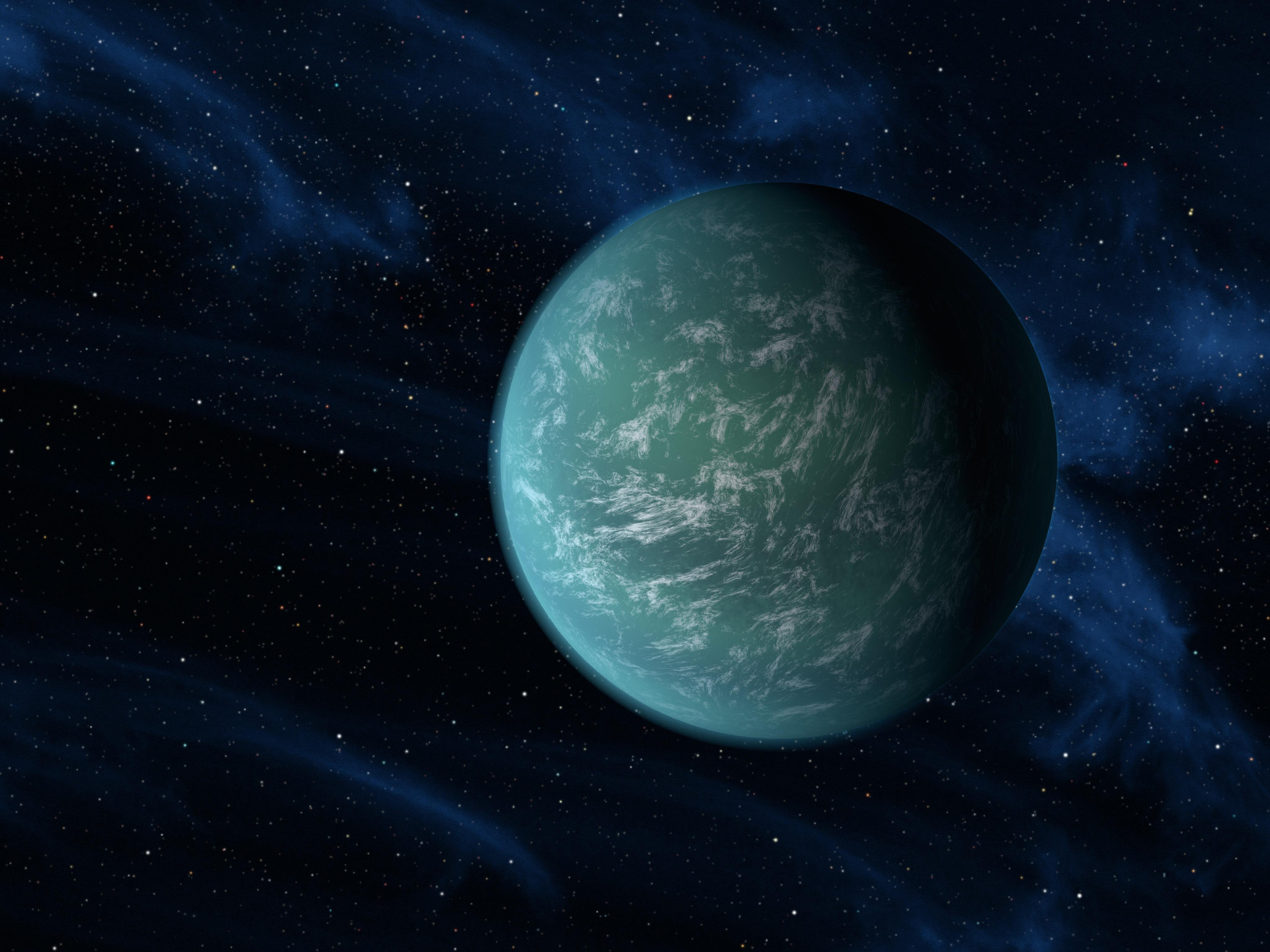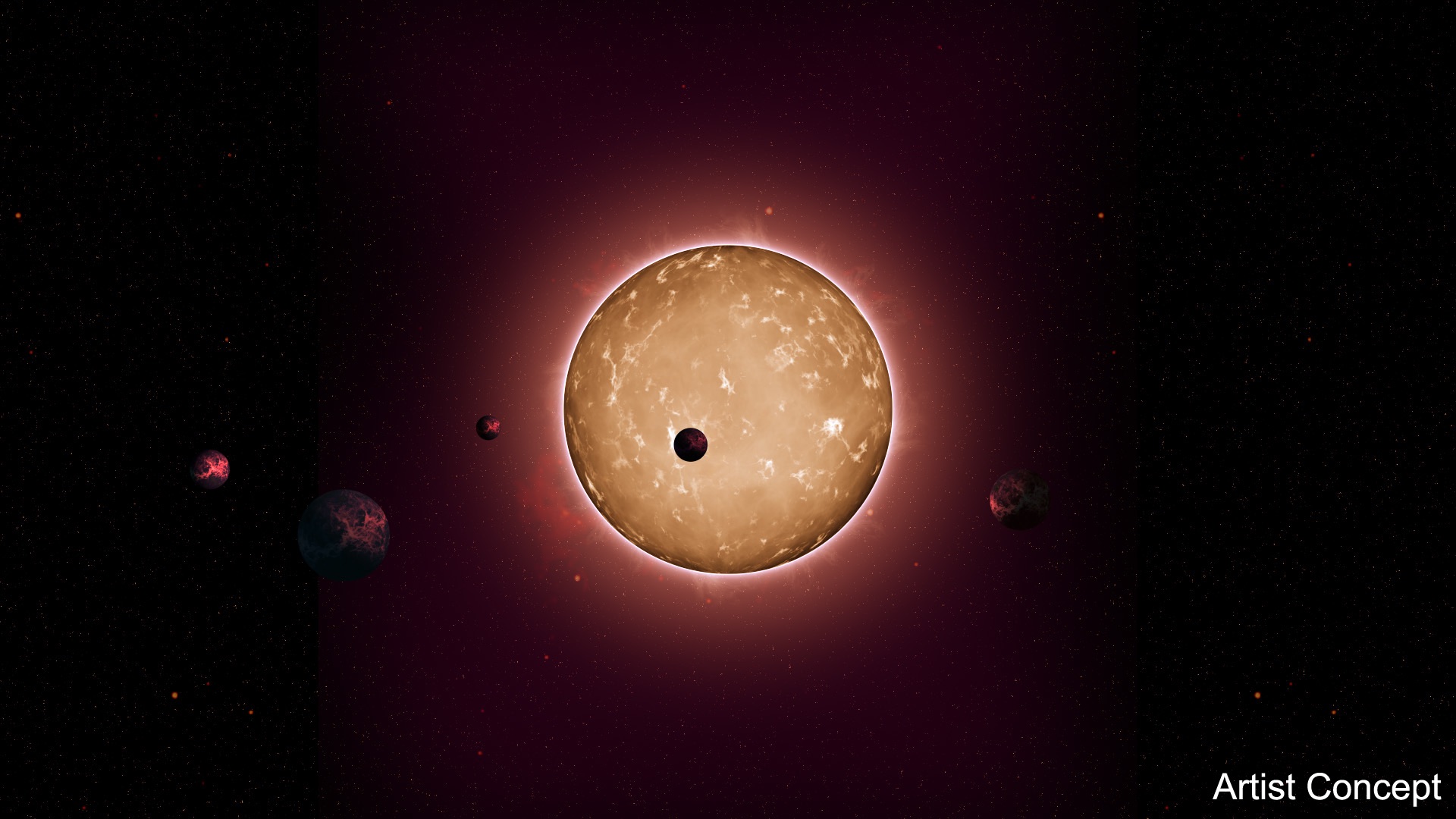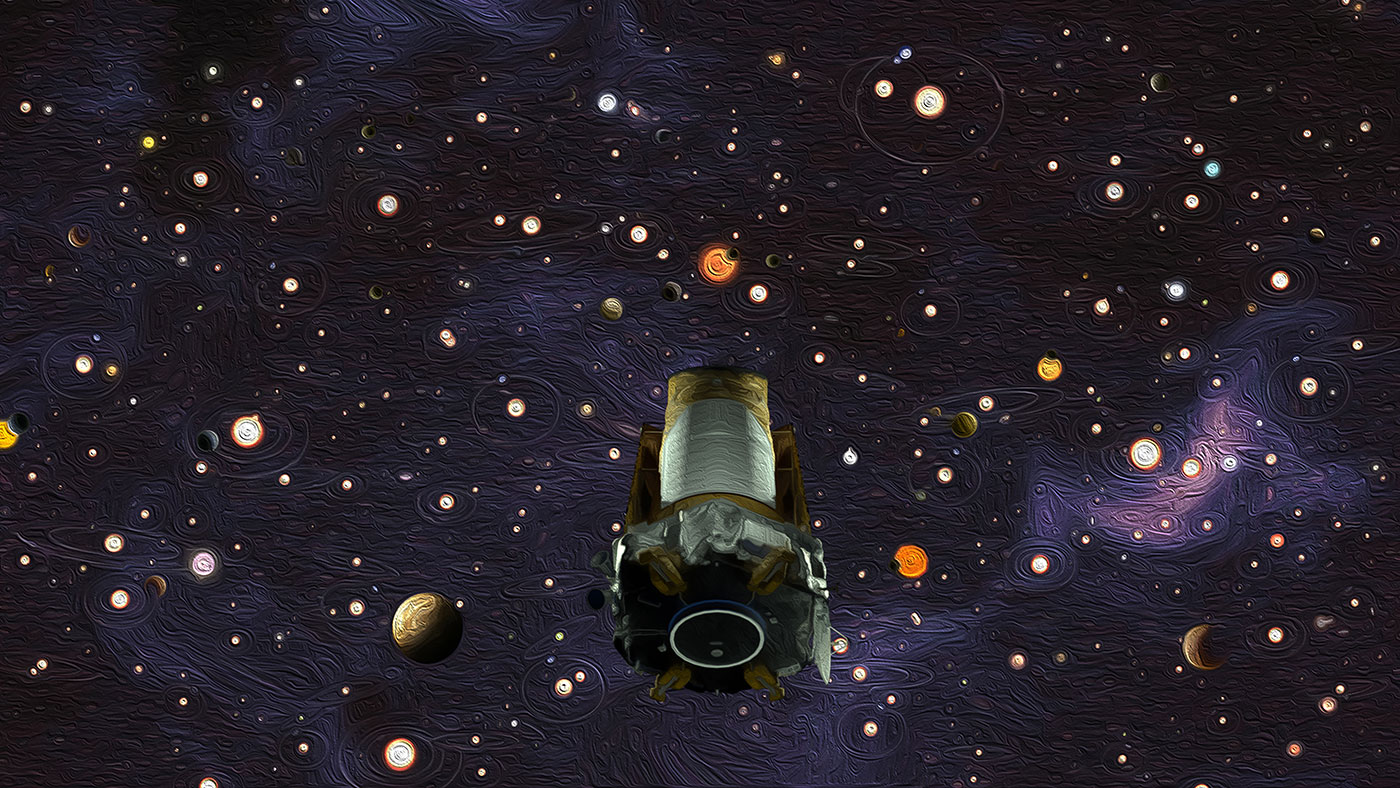The Humans of Kepler: How NASA's Planet-Hunting Telescope Changed Astronomy (And Us) Forever
A decade ago, we thought our solar system was special; today, we know it's no such thing. That revolution is thanks to the work of NASA's Kepler space telescope, which has officially reached the end of its mission.
Since Kepler's launch in 2009, scientists have spotted a total of 2,681 confirmed planets orbiting other suns within the data gathered by the instrument. Another 2,899 potential Kepler planets are still being vetted by scientists.

Bill Borucki, who first dreamed up the Kepler mission and was its principal investigator until his retirement from NASA in 2015, knows many of those thousands of planets as individuals. Take, for example, Kepler-22b, which he calls one of the most interesting planets in the batch. [Gallery: A World of Kepler Planets]
"It's a planet in between the size of the Earth and Neptune, unlike any planet in our solar system; it's a planet that may very well be a water world, a world covered in an ocean, and it's in the habitable zone," Borucki said during a news conference held yesterday (Oct. 30) to mark the end of Kepler's in-space work. "It might very well have an atmosphere on a water planet that could lead to life, so it's an extremely interesting planet. It's one of my favorites."

But he's not just excited about individual worlds — the Kepler mission has identified plenty of solar systems as well, where it has spotted multiple planets orbiting one star. He's excited for what we may one day learn about the Kepler-444 system in particular, he said.
"These are small, rocky planets, and they were formed around a star that's some six and a half billion years older than our star, than our own planetary system," Borucki said. "If life has been developing over six and a half billion years before Earth was formed, there may be some very interesting lifeforms for us to find as we search these early planets."
But while Borucki is fascinated by planets that could potentially host life, he's also struck by the sheer diversity of the more than 600 solar systems Kepler has studied. Take, for example, the existence of hot Jupiters — gas giants tucked so close to their stars that they orbit in a matter of days, completely unlike our own Jupiter strolling around the sun over the course of nearly 12 Earth years.
Get the Space.com Newsletter
Breaking space news, the latest updates on rocket launches, skywatching events and more!

Discoveries like these have forced scientists to stop assuming that our solar system is like those all around us, added Padi Boyd, the project scientist for Kepler's successor mission, NASA's Transiting Exoplanet Survey Satellite.
"Kepler kind of just cracked that out of being the typical expectation," Boyd said during the news conference. "Putting our own solar system into that greater context, I think is a really interesting portrait of the galaxy — our solar system is not typical. Maybe no solar system is typical; maybe they're all very different."
That wealth of solar systems has warmed the hearts of the sci-fi fans on the mission as well. For Kepler's project system engineer at NASA Ames, Charlie Sobeck, the mission has turned the type of universe he grew up with while watching "Star Trek" into reality. "I had no trouble believing that there were planets out there of all different kinds, so I had to wonder, why did it affect me so much when Kepler showed that there were lots of planets out there everywhere?" he said during the news conference.
"There's just a big difference between believing and knowing," Sobeck said. "It hit me like a sledgehammer in the chest when Kepler showed us that there really, really are planets out there of all different kinds."
Email Meghan Bartels at mbartels@space.com or follow her @meghanbartels. Follow us @Spacedotcom and Facebook. Original article on Space.com.
Join our Space Forums to keep talking space on the latest missions, night sky and more! And if you have a news tip, correction or comment, let us know at: community@space.com.

Meghan is a senior writer at Space.com and has more than five years' experience as a science journalist based in New York City. She joined Space.com in July 2018, with previous writing published in outlets including Newsweek and Audubon. Meghan earned an MA in science journalism from New York University and a BA in classics from Georgetown University, and in her free time she enjoys reading and visiting museums. Follow her on Twitter at @meghanbartels.
